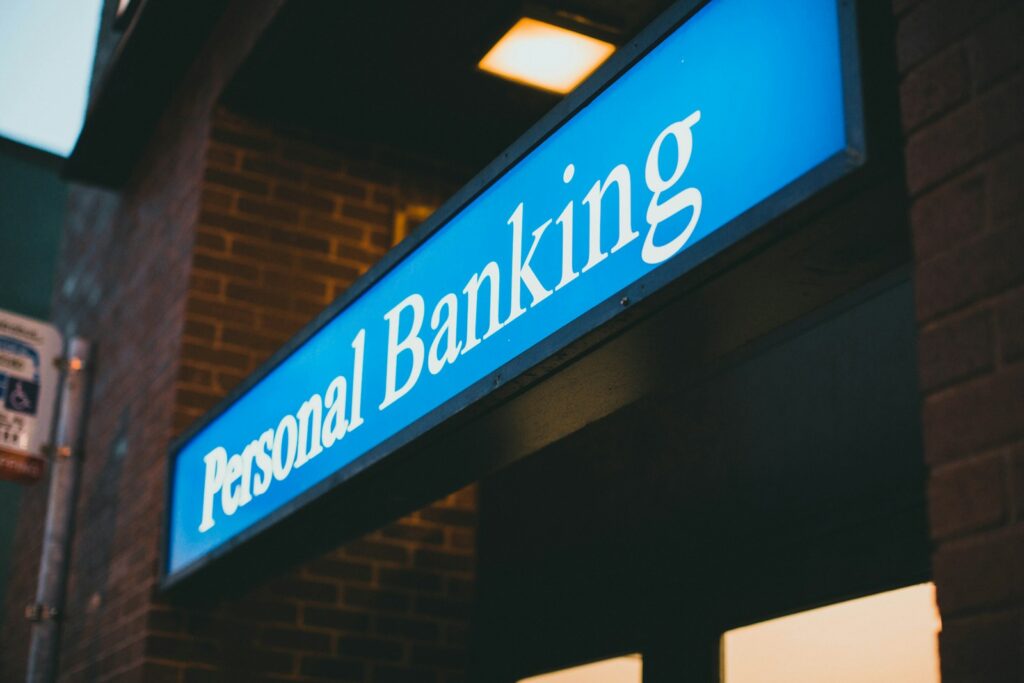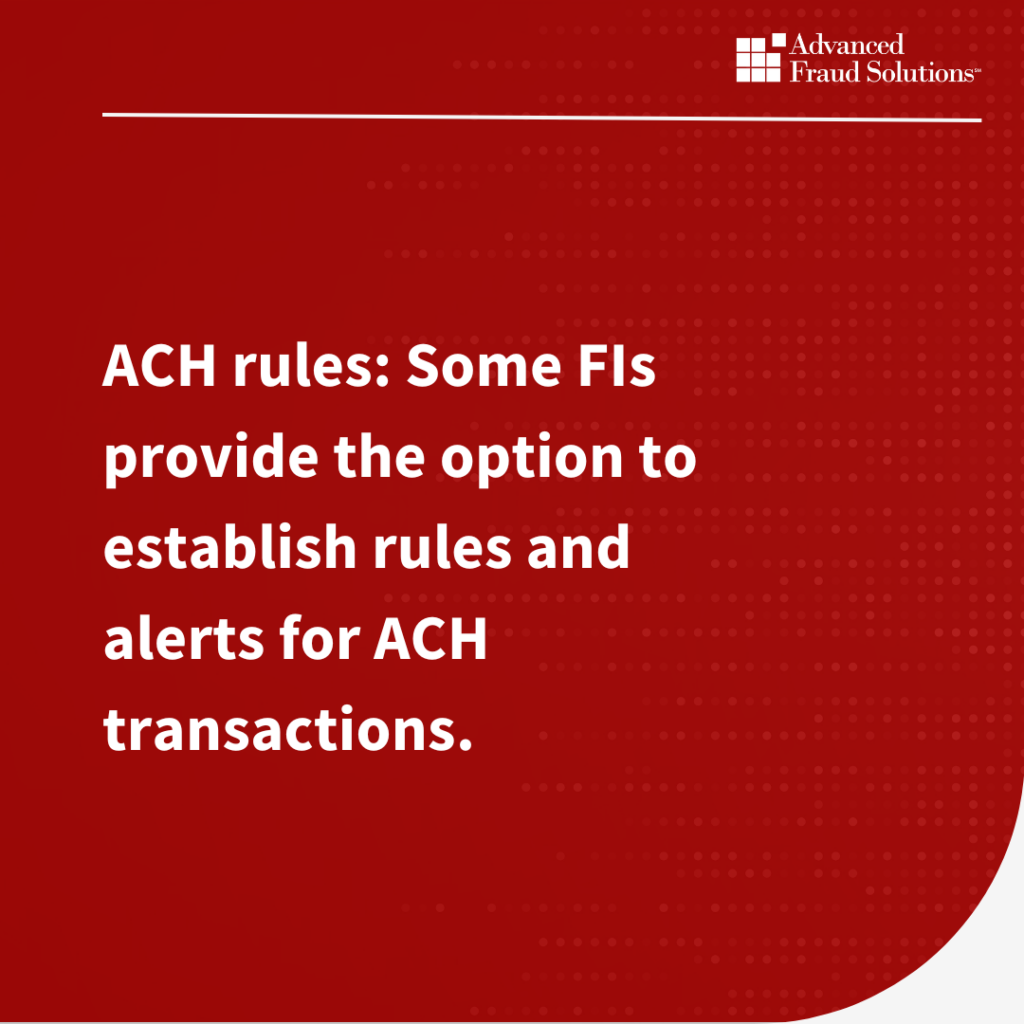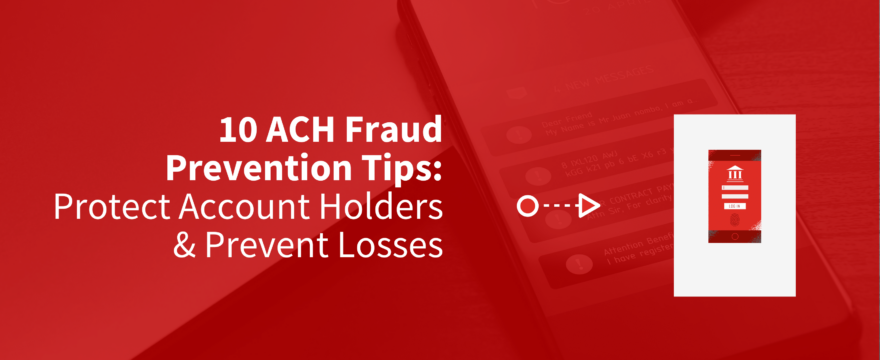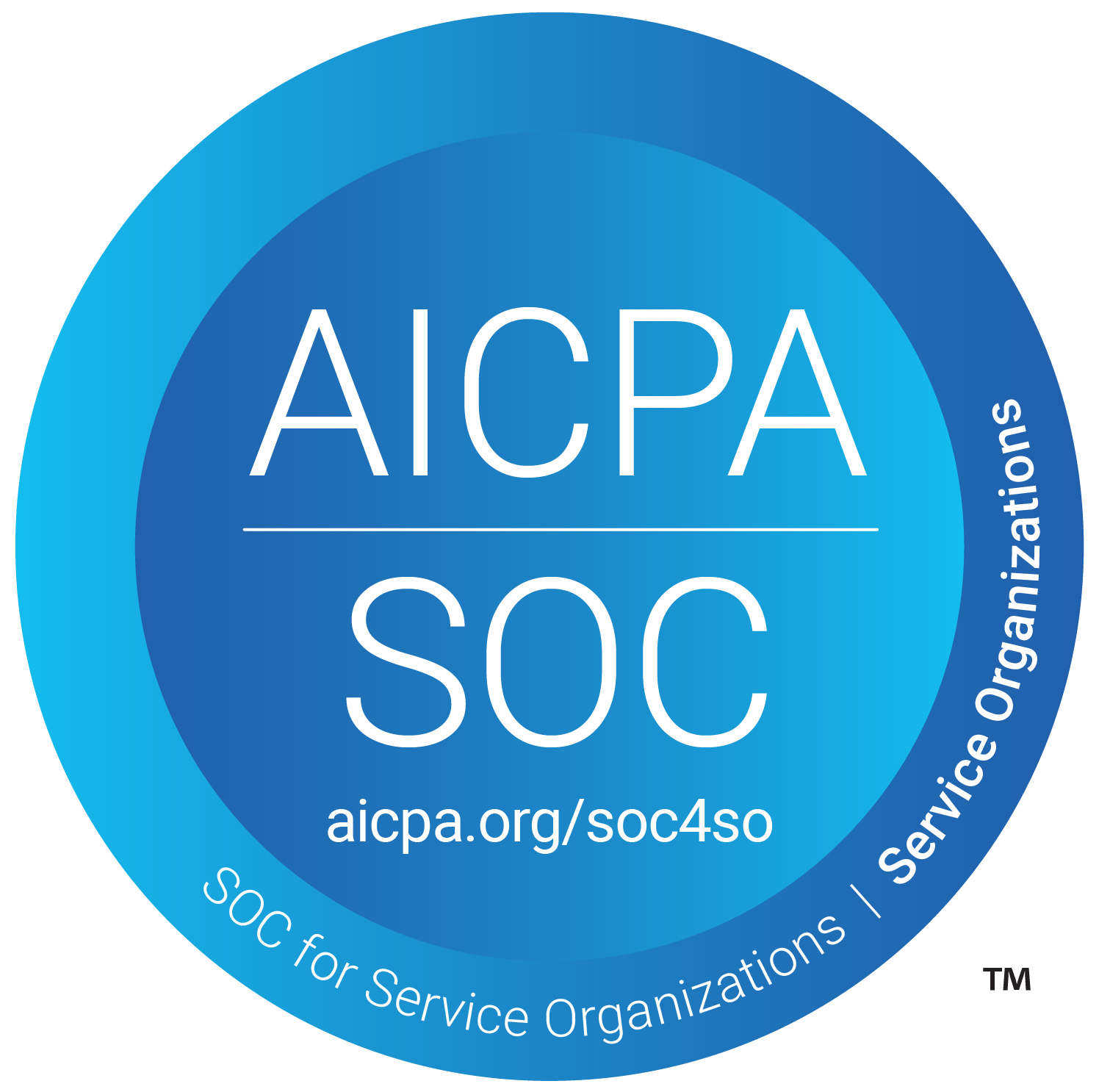In today’s digital age, money isn’t just paper and coins; it’s ones and zeros flying across the Automated Clearing House (ACH) Network. If you’ve ever paid a bill or received a direct deposit, you’ve dipped your toes into this financial stream. But here’s the catch – where there’s digital money, there are digital criminals.
ACH fraud occurs in various ways, including fraudulent ACH returns initiated by both banks and customers. For example, fraudsters exploit ACH returns for profit by transferring money to an investment account and purchasing crypto before the ACH payment processes and returns an insufficient fund return code.
With a few keystrokes and some cunning tactics, these fraudsters are targeting innocent individuals, siphoning funds right out of their checking accounts.
Phishing emails and malware are some of the current weapons of choice, but new tactics emerge daily. Whether on Instagram, email, or even over the phone, fraudsters find ways to access account holders’ account numbers, routing numbers and then take what’s inside. Tech-forward scammers are also particularly good at sneaking into devices, stealing banking information, and using that leverage to leverage the ACH network for fraud.
So, what’s their secret recipe? Just two crucial ingredients: a routing number and a checking account number. Scary. We’re discussing the playbook of ACH bandits, more importantly, how to keep your account holders’ money safe and your FIs reputation intact.
According to the Federal Trade Commission (FTC), understanding and recognizing the signs of ACH fraud can significantly help in protecting your finances.
Table of contents
Protecting account holders
Financial institutions play a crucial role in safeguarding account holders from the perils of ACH fraud. Business owners and individuals alike trust their banks and credit unions to keep their financial information secure.
But here’s the kicker – the window of opportunity for these fraudsters is incredibly small. According to Nacha rules, individuals have a 60-day window to report ACH fraud. However, businesses are granted a mere 24 hours to catch these illicit activities.
In the blink of an eye, tens or even hundreds of thousands of dollars can be stolen, leaving account holders in financial turmoil.
It’s a high-stakes game, and financial institutions must be equipped with the right tools and knowledge to protect their customers and members effectively.
Predicting and limiting ACH fraud risk using specific products and technologies is crucial. Preventive measures such as monitoring account balances and using secure APIs can significantly mitigate these risks.
Stay with us as we delve deeper into the world of ACH fraud, exploring the tactics, the risks, and, most importantly, the prevention strategies to keep your money where it belongs – safe and sound.
Sadly, as implied above, ACH fraud is becoming more and more common. It is believed that fraudsters intentionally target ach transactions to certain types of individuals. According to the Federal Bureau of Investigation (FBI), ACH fraud has cost consumers and law enforcement agencies more than $100 million as of 2009. This figure is believed to be higher since many victims do not file police reports out of embarrassment.
How does ACH fraud work?
There are many ways ACH fraud can be committed. An ACH transaction can significantly impact businesses and financial institutions, leading to financial losses, reputational damage, and regulatory fines. In an attempt to commit ACH fraud, scammers gain information from a victim, a network of fraudsters may pose as a “bank” or “lending company.” The fraudsters will often send emails or letters stating the victim has been approved for a loan or credit card.
However, they must provide their checking account information so the bank will know where to deposit the money. These fraud attempts can be hard to spot. More advanced criminals sometimes use the name of legitimate and well-known financial institutions.
Web ACH Transactions
Fraud and unauthorized transactions can also occur via web transactions. Such frauds use Trojan horses (malware programs) to attack a person’s device and obtain their financial information and passwords.
Trojan horses are often obtained through infected websites, which often mimic the appearance of a legitimate website. Once the Trojan horse takes over, the fraudsters can access the accounts of an individual and carry out financial transactions using their personal information.

Other types of ACH scams
Work-from-home schemes
Overseas money transfers
Fake offers of free or significantly discounted products
Fraudsters engaging in oversee scams often promise to pay a person a large sum of money if they wire several smaller sums of money over time.
As expected, the larger sum of money is never delivered. As a result, the victim is often left thousands of dollars in debt. Advanced Fraud Solutions’ TrueACH with Account Validation® solution is built to help FIs prevent ACH fraud before it’s too late.
Who is at risk for ACH fraud?

Many security professionals now believe ACH scammers target certain types of individuals and companies. In general, small to mid-sized companies tend to be more at risk than larger companies due to a lack of cyber security.
Larger companies spend millions of dollars to protect their sensitive financial data, and smaller, mom-and-pop companies simply do not have the financial resources to invest in such extensive security measures.
It is also believed that lower-income individuals and those who frequently apply for loans online may be at higher risk for ACH fraud as well. Scammers often profile certain neighborhoods and monitor email accounts to see if an account holder is frequently applying for loans or credit. They will then attempt to scam individuals who may be in dire need of funds.
Avoiding ACH scams
Fortunately, there are measures your bank or credit union can take to fight back against ACH fraud. By taking the following steps, financial institutions can prevent ACH scams:
Educate bank account holders about the dangers of ACH fraud.
Immediately notify bank account holders of any suspicious account activity.
Utilize multi-layer, multi-factor authentication security.
Encourage customers to take advantage of transactions alerts.
Warn account holders about popular ACH scams.
Deploy TrueACH® from Advanced Fraud Solutions to implement ACH fraud prevention before a loss occurs.
Banks and credit unions should also encourage their account holders to update their passwords multiple times each year. A strong password should have at least ten characters and a unique combination of letters, special characters, and numbers.
Can You Block ACH Payments?
Your account holders will likely ask you, is there a way to simply block ACH payments, and the answer is yes, through a few avenues.The good news is that there are measures you can take to block ACH payments effectively.

Here are some strategies to consider:
ACH Debit Blocks and Filters
One tactic to defend against ACH payments fraud is to leverage ACH debit blocks and filters. These allow account holders to specify which ACH based transactions are permitted. By setting up blocks or filters, you can restrict certain from making transactions or payments from going through, adding an extra layer of security.
ACH Positive Pay
Positive Pay is one of the most effective fraud protection strategies available today. Positive Pay can be implemented for both check and ACH transactions.
Advanced Fraud Solutions offers a robust ACH Positive Pay solution that empowers financial institutions and businesses to review all incoming ACH debits before they’re posted to a bank account. With ACH Positive Pay, you can create a list of approved vendors and automatically approve payments to them while flagging any unauthorized transactions for review. For more detail on Positive Pay and a full ACH Positive Pay definition check out our guide: Positive Pay for FIs and Businesses: Defend Against Deposit Fraud.

ACH Rules and Alerts
Some banks provide the option to establish rules and alerts for ACH transactions. This allows you to receive notifications or alerts when specific criteria are met, such as a high-value ACH debit or a transaction from an unknown source.
Frequent Account Monitoring
As an FI leader it’s important to educate your account holders to regularly monitor their bank accounts for any unusual or unauthorized ACH transactions. Education on this matter is powerful and must be a repeated lesson taught to account holders, frontline staff, and the entire financial community.
Account Holder and FI Education
Knowledge is your best defense against ACH fraud. As an FI it’s your duty to stay informed about the latest ACH scams used by fraudsters. Educate yourself and your team to recognize potential threats.
While these strategies can significantly reduce the risk of unauthorized ACH payments, it’s essential to work closely with your financial institution and explore additional security measures that suit your specific needs. By staying proactive and leveraging the right tools, you can block ACH payments effectively and keep your financial assets secure.
For Businesses, the Stakes are High

Remember, when it comes to financial and security risks, vigilance and informed decision-making are your best allies. Stay protected and maintain control over your finances with the right ACH fraud prevention measures in place.
Financial institutions: Prevent ACH Fraud
ACH fraud may be on the rise, but by taking the advice above to heart, banks and other financial institutions can stop ACH fraud in its tracks and keep account holders safe. Protect your financial institution now from ACH fraud – start by requesting a free demo of TrueACH® today!

